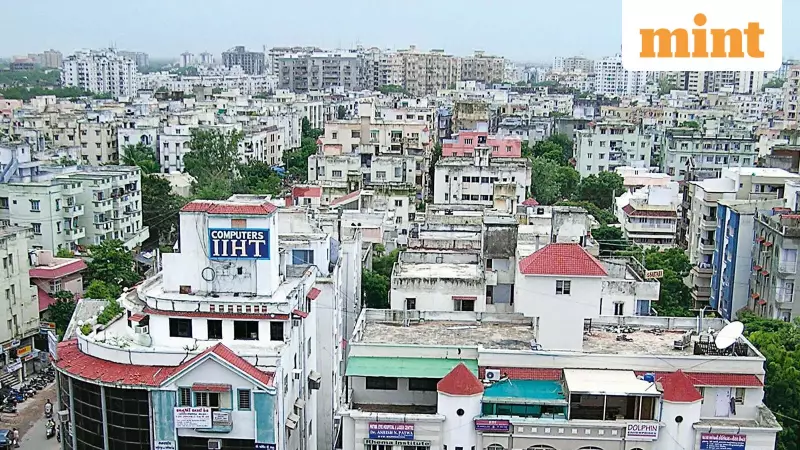
India is preparing for a significant transformation in how it measures inflation, with major changes coming to the Consumer Price Index (CPI) that will better reflect the nation's evolving economic landscape and rapid urbanization.
Housing Costs Take Center Stage
The most notable change involves giving housing costs substantially greater importance in the inflation basket. According to Bank of Baroda Chief Economist Madan Sabnavis, housing weight could increase dramatically from the current 10.07% to potentially 18-20%. This shift acknowledges the growing significance of housing expenses in Indian household budgets.
Reflecting India's Urban Transformation
The overhaul comes at a crucial time as India's urban population continues to expand rapidly. The updated CPI will better capture the spending patterns of modern Indian consumers, moving beyond traditional rural-focused metrics to represent the country's economic modernization.
International Recognition and Timing
The International Monetary Fund (IMF) has highlighted the importance of this revision, noting that India's current CPI basket is based on 2011-12 consumption patterns. With more than a decade of economic transformation, the update is long overdue and will bring India's inflation measurement in line with global standards.
What This Means for Policy and Consumers
The revised inflation data will provide policymakers with more accurate information for critical decisions on interest rates and economic planning. For consumers, it means inflation figures that truly reflect their actual living costs, particularly in urban areas where housing constitutes a major expense.
This comprehensive update represents one of the most significant changes to India's economic measurement framework in recent years, promising to deliver a more realistic picture of price pressures facing Indian households.





